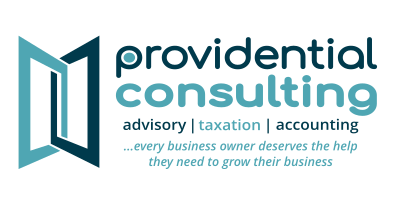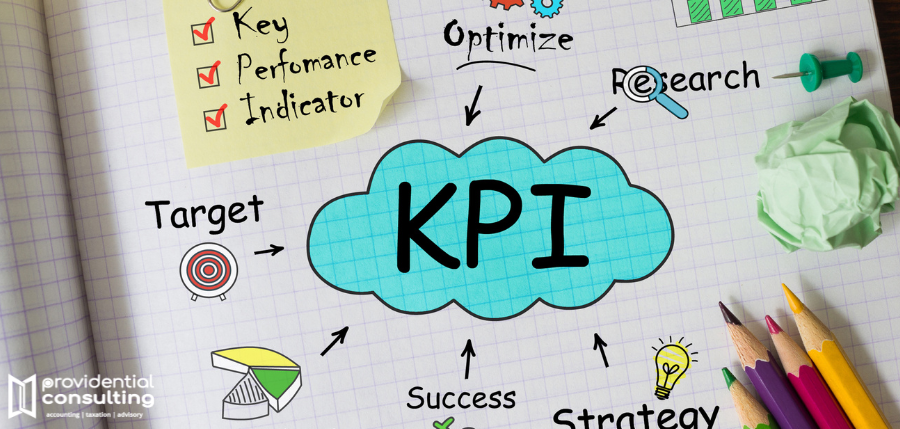What are Key Performance Indicators?
Key Performance Indicators (KPIs) are quantifiable measurements that businesses use to track, monitor, and assess the success of various business operations. KPIs serve as a navigational tool that helps a company understand whether it’s on a path to achieving its goals.
KPIs can be applied to almost any aspect of a business, from financial performance, sales, marketing, customer service, to internal processes like operations and HR. They provide actionable insights that can help businesses make informed decisions and drive strategic, operational, and improvement initiatives.
Here are some characteristics of effective KPIs:
- Aligned: They are aligned with strategic goals and objectives.
- Attainable: They are realistic and achievable.
- Specific: They measure a specific process, function, or outcome.
- Measurable: They can be quantified and measured.
- Timely: They are tracked and reported at regular intervals.
It’s important to note that KPIs will vary among companies and industries, depending on their respective goals and objectives. For example, a software company might track KPIs like monthly active users or churn rate, while a retail business might focus on KPIs like sales per square foot or inventory turnover.
Understanding and tracking the right financial Key Performance Indicators (KPIs) can propel a small business towards success. These KPIs serve as a financial compass, guiding businesses towards its goals and alerting business owners any potential issues on the horizon.
Let’s delve into the common financial KPIs that small businesses should track as a start. We will be using sample financial data below from ABC (Pty) Ltd:
ABC (Pty) Ltd | ||
Description | FY2023 | FY2022 |
Sales | 3 359 526 | 998 585 |
Cost of sales | 2 189 613 | 838 296 |
Gross Profit | 1 169 913 | 160 289 |
Operating Expenses | 1 005 502 | 120 302 |
Net profit | 164 411 | 39 987 |
Current Assets | 272 912 | 31 052 |
Non Current Assets | 14 992 | 9 236 |
Current Liabilities | 83 205 | – |
Share Capital | 300 | 300 |
Retained earnings | 204 399 | 39 988 |
| ||
1. Gross Profit Margin: The Efficiency Indicator
The Gross Profit Margin is a critical measure of efficiency. It tells you how well your business is using its resources to produce and sell products. For ABC (Pty) Ltd, the gross profit margin is calculated by dividing Gross Profit with Sales.
- FY2023: 1 169 913/ 3 359 526= 0.35 (35%)
- FY2022: 160 289 / 998 585 = 0.16 (16%)
The Gross Profit Margin increased from 16% in FY2022 to 35% in FY2023, indicating that for every rand of sales, ABC (Pty) Ltd makes a gross profit of 35 cents in FY2023 while in FY2022 it was making 16 cents. There is a significant increase from the previous year, suggesting improved efficiency in production or pricing.
2. Net Profit Margin: The Profitability Gauge
Next on our list is the Net Profit Margin. This KPI reveals the percentage of revenue remaining after all expenses have been deducted from sales. It is calculated by dividing Net Profit by Sales The net profit margin in FY2023 and FY2022 is calculated as follows:
- FY2023: 164 411 / 3 359 526= 0.05 (5%)
- FY2022: 39 988 / 998 585 = 0.04 (4%)
This indicates that for every rand of sales, ABC (Pty) Ltd makes a net profit of 5 cents (FY2022: 5 cents). This is a good sign of profitability, showing an increase from the previous year.
3. Current Ratio: The Short-Term Solvency Check
The Current Ratio measures your business’s ability to pay its short-term obligations. It is calculated by dividing Current Assets by Current Liabilities. The current ratio for ABC is calculated as follows:
- FY2023: 272 912 / 83 205 = 3.28
- FY2022: In this year there were not current liabilities.
This suggests that ABC (Pty) Ltd has R3.28 of current assets for every rand of current liabilities, indicating strong short-term financial health. ABC (Pty) Ltd can comfortably meet its short-term obligations as they fall due.
4. Debt-to-Equity Ratio: The Leverage Meter
The Debt-to-Equity Ratio is a crucial measure of financial leverage. It shows the proportion of equity and debt your company is using to finance its assets. It’s calculated by dividing Total Liabilities by Shareholder’s Equity (Share Capital + Retained Earnings). For ABC (Pty) Ltd, the debt-to-equity ratio is calculated as follows:
FY2023: 83 205 / (300 + 204 398) = 0.41
FY2022: In this year there were liabilities.
This indicates that for every rand of equity, ABC (Pty) Ltd has 41 cents in debt, suggesting a relatively low level of financial risk.
5. Return on Assets (ROA): The Asset Efficiency Measure
ROA is a key indicator of how efficiently your company is using its assets to generate profit. It’s calculated by dividing Net Profit by Total Assets (Current Assets + Non-Current Assets). For ABC (Pty) Ltd, the ROA is calculated as follows:
- FY2023: 164 411 / (272 9112+ 14 992) = 0.57 (57%)
- FY2022: 39 9878 / (31 052 + 9 236) = 0.92 (92%)
ABC (Pty) Ltd generated 57 cents of profit, in FY2023 (FY2023: 92 cents), The ROA decreased from 92% in FY2022 to 57% in FY2023. This could be due to the company’s significant increase in assets, which may not have been fully utilised to generate profits yet.
6. Return on Equity (ROE): The Investment Return Indicator
Finally, ROE measures the financial performance of your business by dividing net income by shareholders’ equity. For ABC (Pty) Ltd, the ROE is calculated as follows:
- FY2023: 164 411 / (300 + 204 398) = 0.80 (80%)
- FY2022: 39 988 / (300 + 39 988) = 0.50 (50%)
The ROE increased from 50% in FY2022 to 80% in FY2023, indicating that ABC (Pty) Ltd generated more profit for each rand of shareholders’ equity, suggesting a strong return on investment for the shareholders.
Conclusion
Understanding and tracking these financial KPIs can provide invaluable insights into your business’s financial health and operational efficiency. However, remember that these KPIs are most useful when tracked over time to identify trends and inform strategic decision-making.
Deep Dive: Gross Profit Margin
Adding some context to ABC (Pty) Ltd: It is a general merchandiser, operating in a highly competitive market with a wide range of products. This context can significantly influence the company’s Gross Profit Margin in several ways:
- Product Mix
The Gross Profit Margin can be significantly influenced by the mix of products sold. If ABC (Pty) Ltd sells a higher proportion of high-margin products, the overall Gross Profit Margin will increase. Conversely, if the company sells more low-margin products, the overall Gross Profit Margin will decrease. Therefore, the company’s strategy in selecting and promoting products can significantly impact the Gross Profit Margin.
- Pricing Strategy
ABC (Pty) Ltd’s pricing strategy can also affect the Gross Profit Margin. If the company can command higher prices due to superior product quality, exclusive products, or strong brand recognition, it can maintain a high Gross Profit Margin. However, if the company has to reduce prices to stay competitive, the Gross Profit Margin may decrease.
- Cost of Goods Sold (COGS)
The Gross Profit Margin is directly affected by the COGS. If ABC (Pty) Ltd can negotiate better terms with suppliers, reduce production costs, or manage inventory more efficiently to reduce waste, it can lower the COGS and increase the Gross Profit Margin. On the other hand, increases in raw material costs, labor costs, or manufacturing overheads can increase the COGS and reduce the Gross Profit Margin.
- Market Conditions
Changes in the market can also impact the Gross Profit Margin. For example, during an economic downturn, consumers may cut back on spending, forcing retailers like ABC (Pty) Ltd to reduce prices and accept lower Gross Profit Margins. Conversely, in a booming economy, consumers may be willing to pay more, allowing retailers to increase prices and Gross Profit Margins.
In FY2023, ABC (Pty) Ltd’s Gross Profit Margin increased significantly, suggesting that the company may have successfully managed some of these factors. Perhaps they introduced higher-margin products, improved their pricing strategy, reduced the COGS, or benefited from favorable market conditions.
What To Do Next?
- You can complete our online form and we will call you.
- You can book an appointment to engage further.


